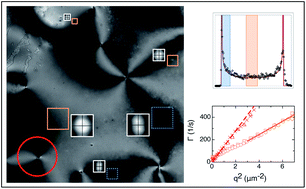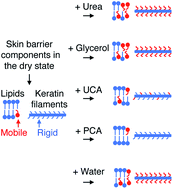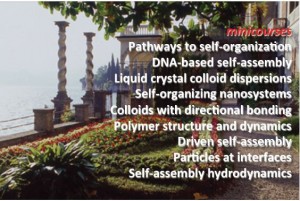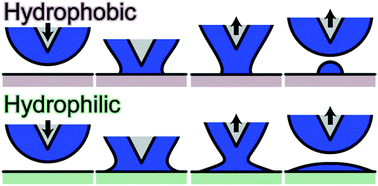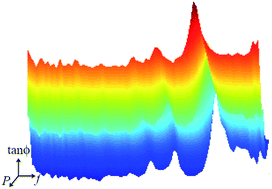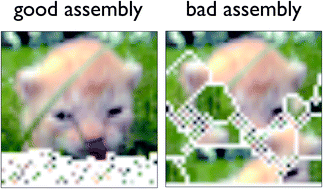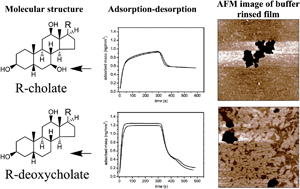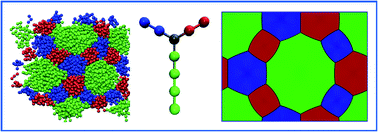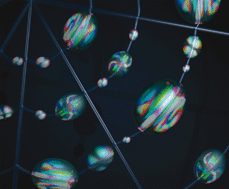
At Soft Matter, we remain dedicated to providing a unique, interdisciplinary forum for researchers interested in the fundamental behaviours of soft matter systems to share their high quality research. We seek to publish papers which will push the boundaries of the field and demonstrate the most innovative results.
To all our authors, readers, referees and board members, we would like to say a big thank you for your support.
In the meantime, we invite you to look out for the following, coming soon in Soft Matter:
- Next month, we will be publishing a themed issue on Interfacial dynamics in foams and emulsions. Guest Edited by Anniina Salonen, Wiebke Drenckhan and Emmanuelle Rio (Université Paris-Sud), this issue celebrates the career of Dominique Langevin, who has played a major role in advancing this field.
- Soft Matter celebrates its 10th anniversary next year! Expect special Anniversary Articles written by leading soft matter scientists.
Soft Matter wasn’t the only Royal Society of Chemistry journal to see an increase in its Impact Factor this year. Find a full list of our journals and their 2013 Impact Factors in this blog post.
*The Impact Factor provides an indication of the average number of citations per paper. Produced annually, Impact Factors are calculated by dividing the number of citations in a year by the number of citeable articles published in the preceding two years. Data based on 2013 Journal Citation Reports®, (Thomson Reuters, 2014).














